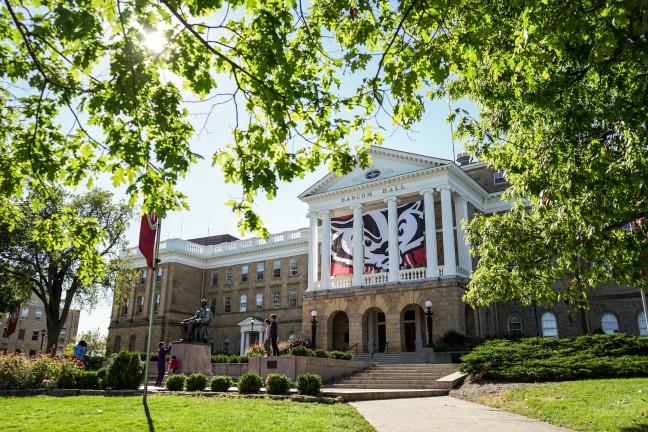University of Wisconsin-Milwaukee’s American Association of University Professors chapter requested half of the amount of funding UW-Madison receives to help relieve their structural deficit.
In a statement released Monday, UW-Milwaukee’s AAUP chapter asked the UW System for more adequate state allocations.
UW-Milwaukee’s AAUP chapter said the current budget crisis “disproportionately” affects UW-Milwaukee. The “inadequate” state funding allocated to UW-Milwaukee affects their access and research missions.
According to UW-Milwaukee’s statement, if the UW System provided half the level of state-allocated funds that they spend on UW-Madison, UW-Milwaukee would be able to eliminate their state structural deficit.
Alex Hummel, UW System spokesperson, said the process is just getting started, but the UW System administration is planning to work with chancellors and campuses to address this question.
Chancellors and leaders at other universities have also raised questions and expressed an interest in revisiting the UW System’s funding formula and process for allocating state funds, Hummel said.
When considering the new state funding and base tuition, the UW System establishes their decision off of the previous year’s budget. They then adjust the base tuition according to the Legislature’s and the Board of Regents’ final decisions, the UW System statement said.
David Vanness, associate professor of population health sciences at UW-Madison, said he had discussed UW-Milwaukee’s AAUP statement with members of the Madison AAUP chapter and said there was support for their colleagues at UW-Milwaukee.
Though Vanness could only speak on his behalf and not that of the entire UW-Madison AAUP chapter, he agreed UW-Milwaukee was inadequately funded. In fact, Vanness said he believes all of the UW System schools are inadequately funded.
“I think we all are under-funded relatively to what the state’s commitment to educational funding should be, but it seems UW-Milwaukee was hit particularly hard,” Vanness said.
UW-Milwaukee has relied on increasing tuition as a way of replacing reduction in state support, Vanness said. This places the school out of range for many people who cannot afford it.
UW-Milwaukee may feel that they have “priced out” people, particularly students of color in the Milwaukee area, Vanness said.
Due to this structural deficit, UW-Milwaukee hasn’t been able to accomplish their access mission.
“UWM enrolls students from across metro Milwaukee and around the state, and serves 40 percent of the students of color enrolled in the UW System. Inadequate state allocations to UWM have yielded politically produced austerity, undercutting democratic access,” according to UW-Milwaukee’s AAUP statement.
AAUP in the statement said that “to ensure equitable support for UWM,” they are calling upon the UW System, UW-Milwaukee administration and elected representatives.
The UW System is working to understand what each institution’s unique role and mission is. Hummel said understanding these roles will help the entire system move forward.
“What we are committed to doing and what we need to do — this is where the administration stands — is we need to look at how the funding formula affects and should affect every institution through its own lens,” Hummel said.


